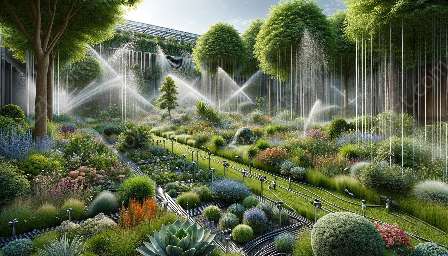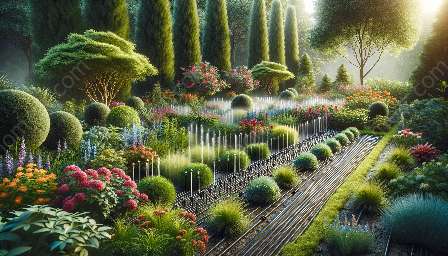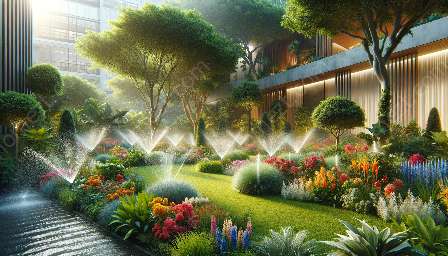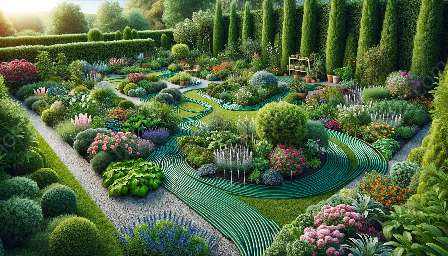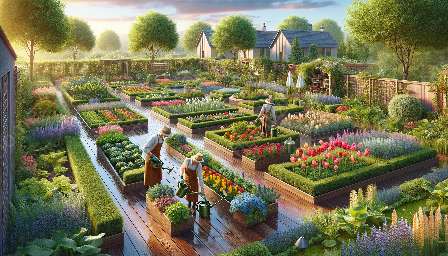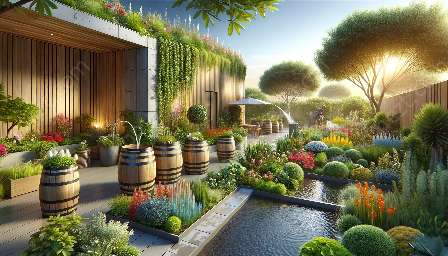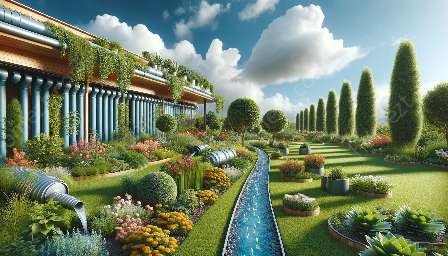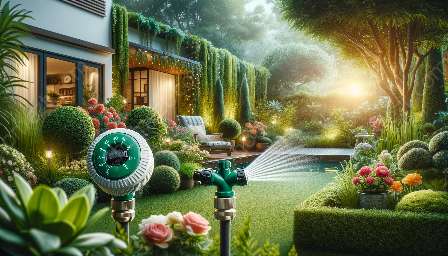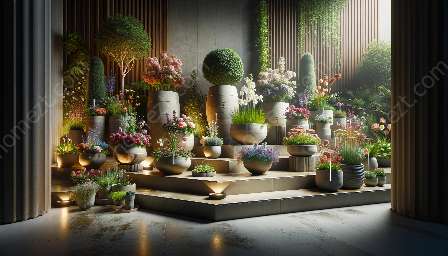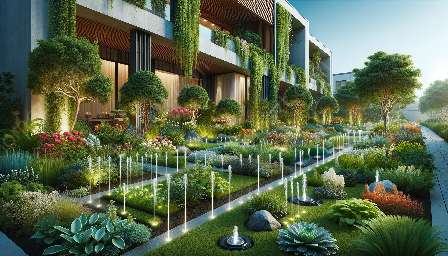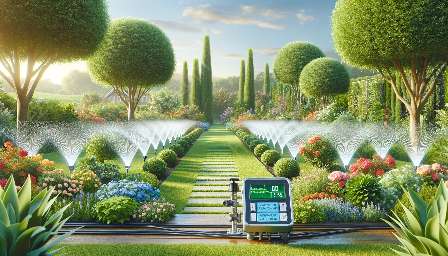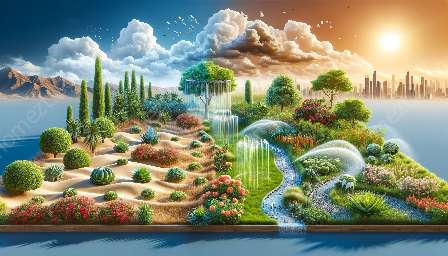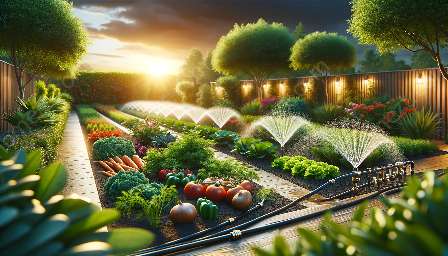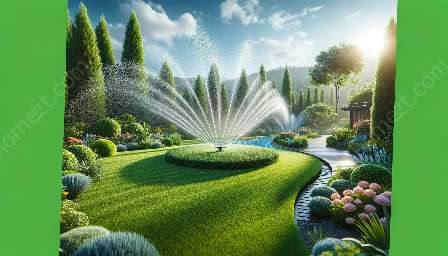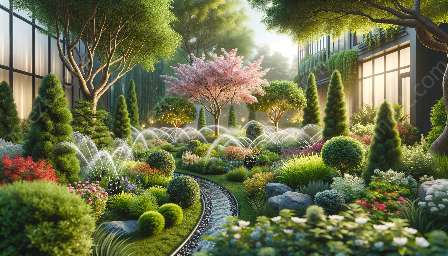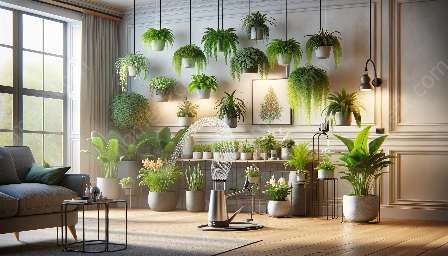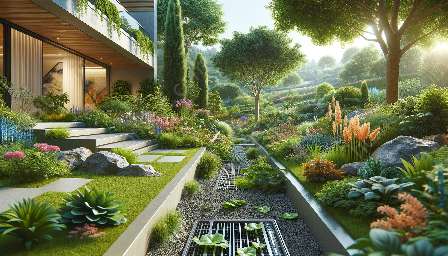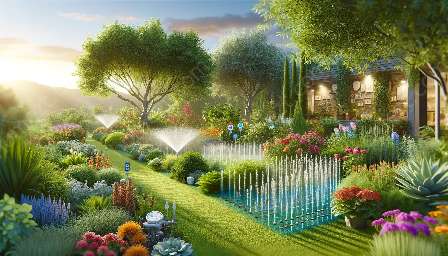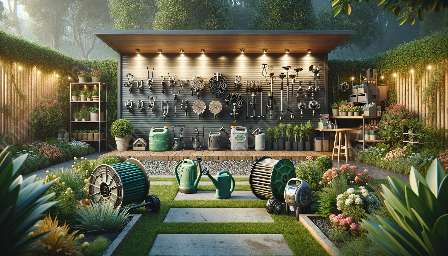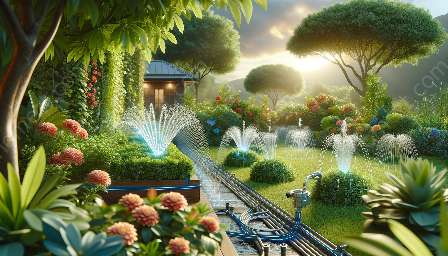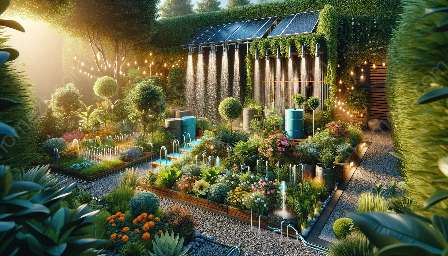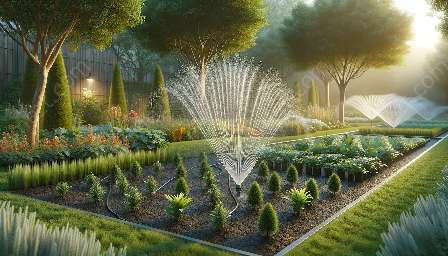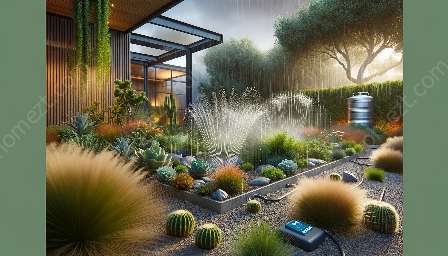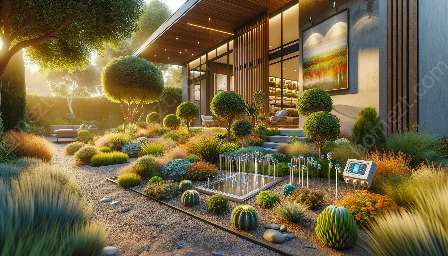Water is an essential element for the growth and maintenance of a healthy garden and landscape. While watering techniques play a crucial role in nurturing plants, having the right tools and equipment is equally vital. In this comprehensive guide, we will delve into the world of watering tools and equipment, exploring their features, uses, and maintenance. Additionally, we will discuss how these tools align with various watering techniques and their significance in the realms of gardening and landscaping.
Essential Watering Tools and Equipment
When it comes to efficiently watering your garden or landscape, having the right tools can make the task much more manageable. Some essential watering tools and equipment include:
- Hose: A flexible tube used to convey water to target areas, available in various lengths and materials such as rubber, vinyl, or fabric.
- Sprinklers: Devices designed to distribute water evenly over a designated area, available in stationary, oscillating, and traveling types.
- Watering Cans: Handheld containers with a spout used to pour water directly onto plants, available in various sizes and materials like plastic, metal, or ceramic.
- Drip Irrigation Systems: A network of tubing and emitters that deliver water directly to plant roots, often used for precise watering and water conservation.
- Sprayers: Devices for applying liquid such as pesticides or fertilizers, available in handheld, backpack, or wheeled versions.
- Water Timers: Devices that automate watering schedules, promoting water conservation and efficient plant care.
- Rain Barrels: Containers used to collect and store rainwater for later use in watering, promoting sustainable water practices.
Understanding Watering Techniques
Successful gardening and landscaping involve applying effective watering techniques that cater to the specific needs of different plants and soil types. Some popular watering techniques include:
- Deep Root Watering: Delivering water directly to plant roots using drip irrigation or specialized watering tools, promoting healthier root systems and plant growth.
- Surface Watering: Applying water directly to the surface of the soil using hose-end sprinklers or watering cans, suitable for smaller garden areas and shallow-rooted plants.
- Foliar Watering: Spraying water onto plant leaves using handheld sprayers, supporting nutrient absorption and combating foliar diseases.
- Micro-Irrigation: Utilizing drip irrigation systems or micro-sprinklers to deliver low-volume water directly to plant roots, minimizing water waste and enhancing plant health.
- Watering by Time of Day: Adhering to watering schedules based on the time of day, considering factors such as evaporation rates and plant water uptake.
Integration with Gardening and Landscaping
Watering tools and equipment play a pivotal role in the realms of gardening and landscaping, contributing to the overall health and aesthetics of outdoor spaces. These tools are compatible with various gardening and landscaping tasks, including:
- Plant Maintenance: Using watering cans and handheld sprayers for targeted watering and applying plant care products such as fertilizers and pesticides.
- Lawn Care: Employing sprinklers and water timers for efficient and uniform watering of lawns, promoting lush and healthy grass growth.
- Hardscape Maintenance: Utilizing rain barrels and drip irrigation systems to conserve water for watering plants in hardscape environments and reduce water waste.
- Water Conservation: Incorporating drip irrigation and rain barrels to minimize water usage, promoting sustainable gardening and landscaping practices.
- Landscape Design: Considering the placement and integration of watering tools and equipment into landscape designs to ensure practicality and visual harmony.
By understanding the role of watering tools and equipment in gardening and landscaping, individuals can enhance their knowledge and practices for nurturing beautiful and sustainable outdoor environments.

